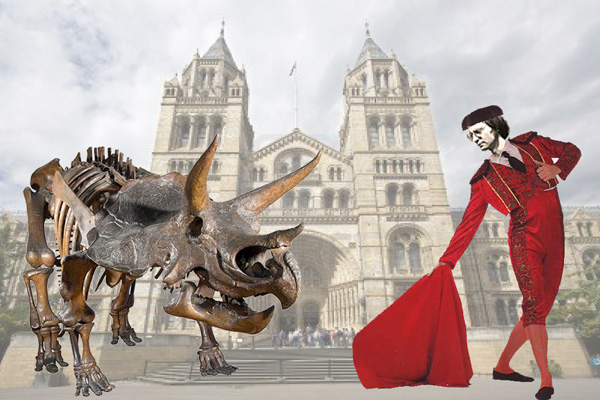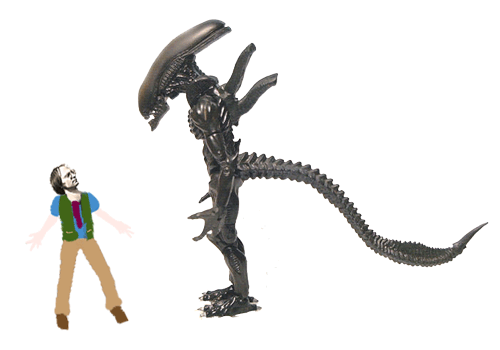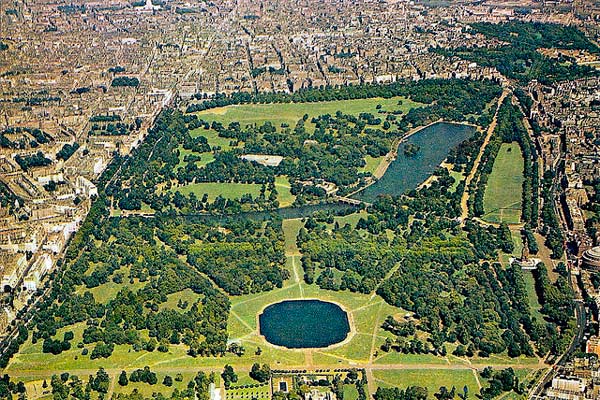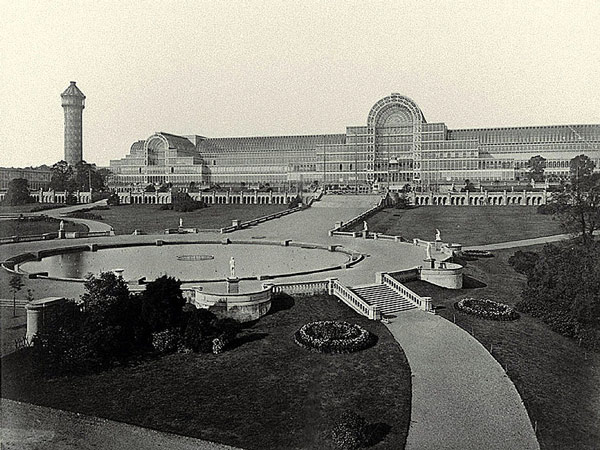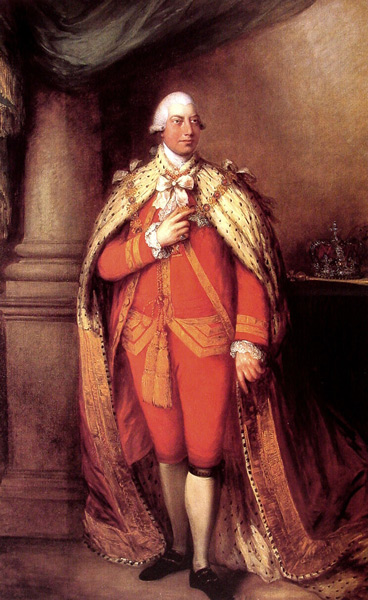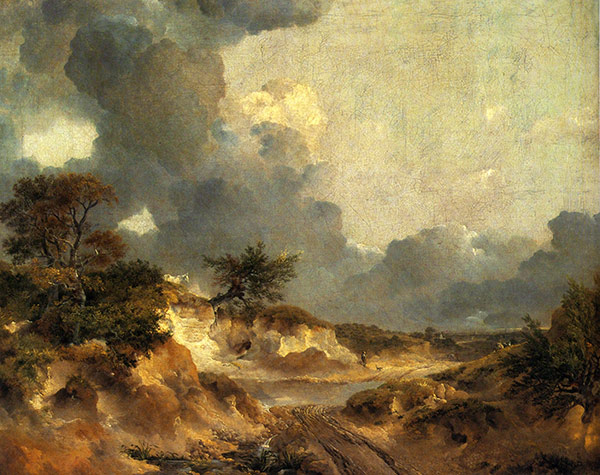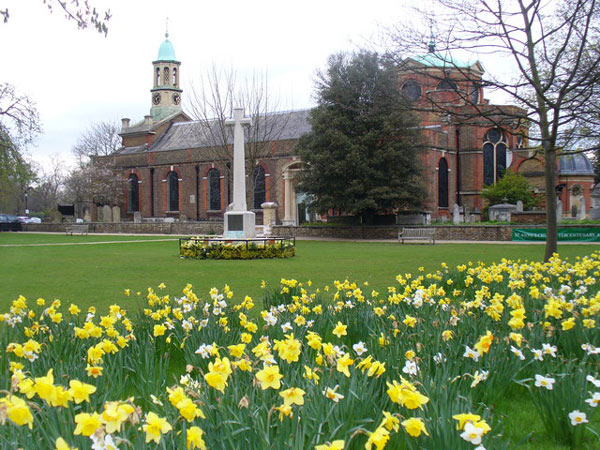I don't remember going to the Natural History Museum, but since it was just down the block from the science museum, I most likely stopped in for a quick peek at the dinos. And to think, these things once had feathers, and their descendants ...and why do all our monsters and devils look like cousins of the dinosaurs with a face like yo mama's birth canal? Inquiring minds want to know! are being gutted by Tyson right now as I write this while their other descendants fly about pooping on your windshield. Revenge is a dish best served wet.
But the most remarkable fact about these creatures is that millions of people believe they existed up until about 5000 years ago during the
caveman era?!
Flintstones, we're the Flintstones in yabba dabba doo doo time.
Even more remarkable is that this belief is based on a bedtime story Bathsheba would tell young Solomon as he drifted off to sleep.
Of course, measurements suggest otherwise. Here is another prime example of whether to believe in numbers or in your intuition (i.e., what your mother taught you).
But why believe either? Whether 6 days or 6 trillion days, time is relative to speed. That speed is the maximum speed — the
speed of light. The faster we go, the shorter the time, or that's what we believe now.
By the end of this century, we will believe something else.
That our beliefs will change is perhaps the only constant.
The faster we go, the shorter the time, or that's what we believe now.
By the end of this century, we will believe something else.
That our beliefs will change is perhaps the only constant.
Should we believe what is written in a book or what is written in the earth? During the so called Enlightenment, earth beat book and continues to do so for most of us. We now trust what the earth tells us and only a few millions of us still prefer the authority of books. The other billions of us prefer self-help gurus and internet conspirators. LOL!!! So what's the diff?
From the Natural History Museum, I could either go south to the Victoria and Albert Museum and their illuminated manuscripts, or north into Hyde Park and the Kensington Gardens
where the
immortal boy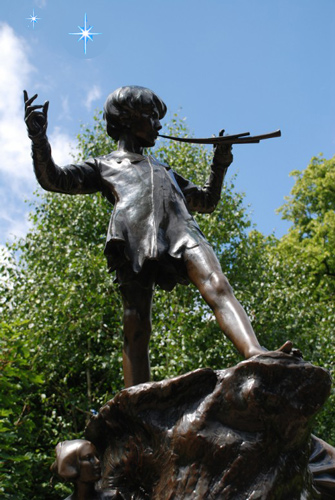 points to the second star on the right.
I chose north to allow the earth to speak, although these earths have been tamed and caged for centuries. I let the books rest a while.
points to the second star on the right.
I chose north to allow the earth to speak, although these earths have been tamed and caged for centuries. I let the books rest a while.
I read something about a crystal palace made of glass in the neighborhood, and went in search, but was 39 years too late. In a reverse phoenix, it was rebuilt in 1854 and then went down in flames in 1936, the same year George V died and George VI was crowned — an omen of things soon to come. I would need to travel a few miles west to see another glass house at the Royal Botanical Gardens on Kew Green where great great great grandpa George III hung out.
Many artists are associated with Kew. The most famous is the 18th century painter
Thomas Gainsborough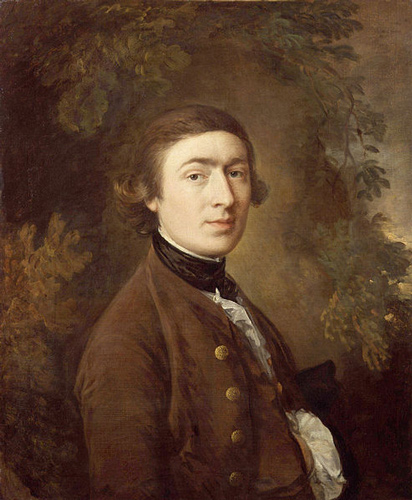 who painted the famous
Blue Boy
who painted the famous
Blue Boy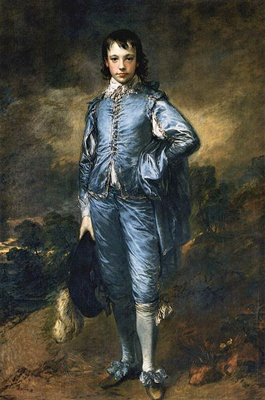 and also a king with the blues over losing his 13 colonies.
He was their George 3, a contemporary of our George 1. But we also have a George 3. Gainsborough would have painted him very small out chasing a cow in a vast outback.
and also a king with the blues over losing his 13 colonies.
He was their George 3, a contemporary of our George 1. But we also have a George 3. Gainsborough would have painted him very small out chasing a cow in a vast outback.
Although Gainsborough earned his living by painting portraits, he loved painting landscapes even more, and frequently would make the landscape the most prominent character,
perhaps before his
patrons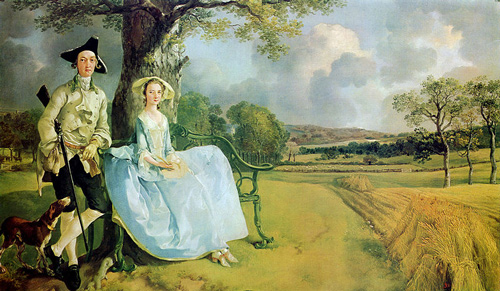 knew what was happening.
He is one the founders of the
Royal Academy of Art
knew what was happening.
He is one the founders of the
Royal Academy of Art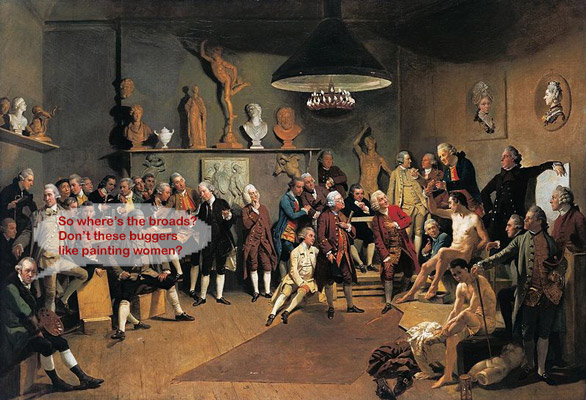 and the British landscape school — a kinder gentler landscape than the dinos roamed.
He inspired Constable who inspired Corot who inspired Pissarro who inspired all the impressionists and the major post-impressionists such as Van Gogh, Gauguin, Seurat, and Cezanne.
Question: would you rather beget a dynasty of warrior kings like William the Conqueror, or a lineage of artists?
Most of us would answer in favor of the artists — it sounds idealistic. But we are hypocrits —
we will leave our money and property to our offspring, as kings always do, before we support some crank painting pie in the sky.
There are many ways to procreate.
We do it all the time without being aware of our influence on others which ripples through future generations, for good and bad, in ways we cannot imagine or predict.
and the British landscape school — a kinder gentler landscape than the dinos roamed.
He inspired Constable who inspired Corot who inspired Pissarro who inspired all the impressionists and the major post-impressionists such as Van Gogh, Gauguin, Seurat, and Cezanne.
Question: would you rather beget a dynasty of warrior kings like William the Conqueror, or a lineage of artists?
Most of us would answer in favor of the artists — it sounds idealistic. But we are hypocrits —
we will leave our money and property to our offspring, as kings always do, before we support some crank painting pie in the sky.
There are many ways to procreate.
We do it all the time without being aware of our influence on others which ripples through future generations, for good and bad, in ways we cannot imagine or predict.
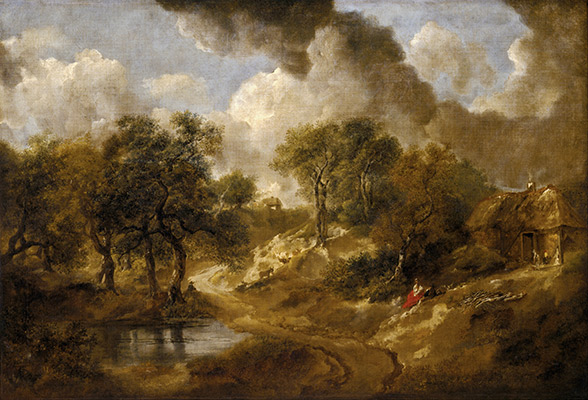  |
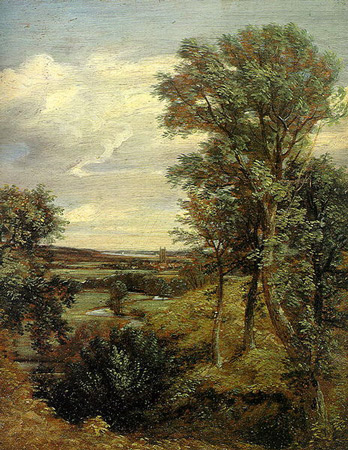  |
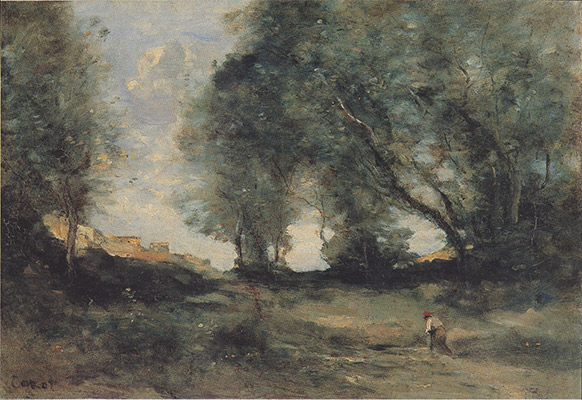  |
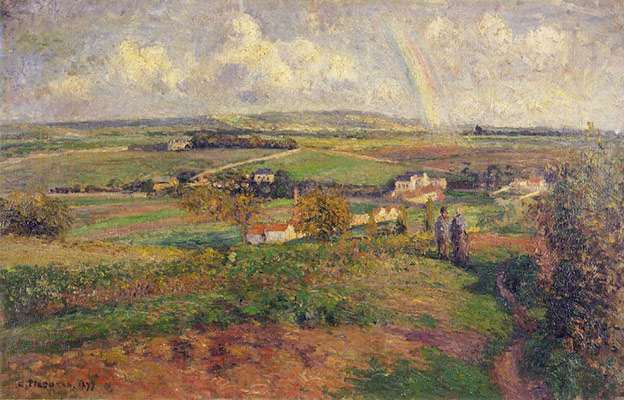  |
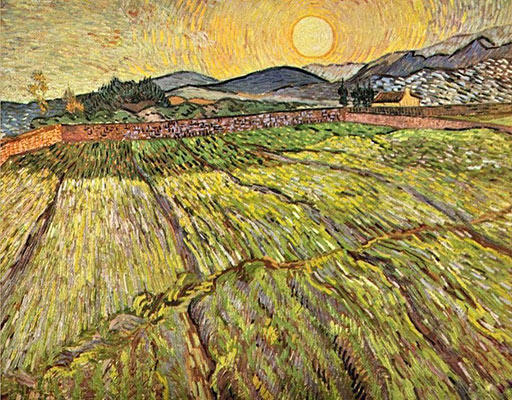  |
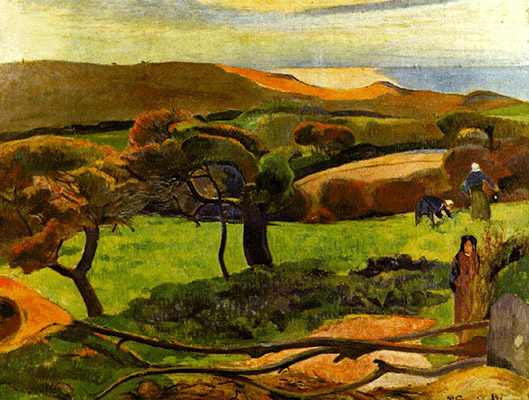  |
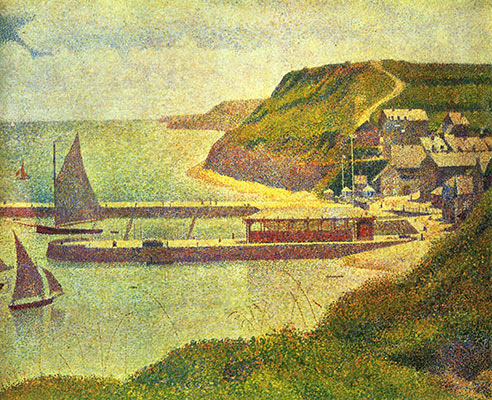  |
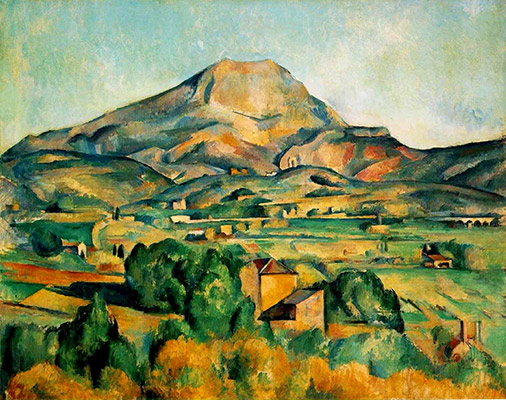  |
Gainsborough is buried at St. Anne's Church on Kew Green alongside botanical illustrator
Franz Bauer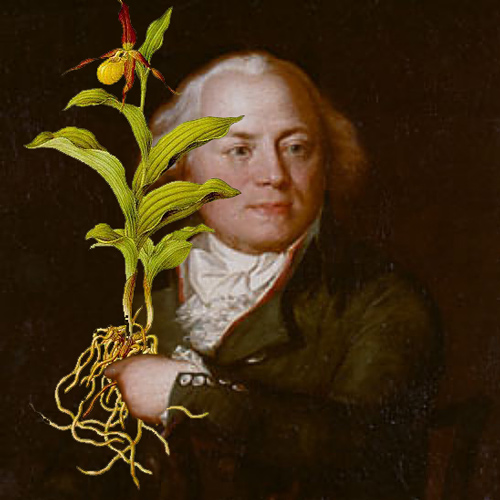 and fellow Academy member
Johan Zoffany.
and fellow Academy member
Johan Zoffany.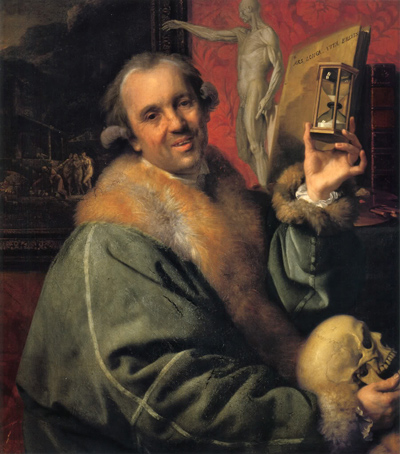 They enjoyed each other's company on earth.
Perhaps they still do in earth.
They enjoyed each other's company on earth.
Perhaps they still do in earth.
